What is cat grass and why do these animals need it?
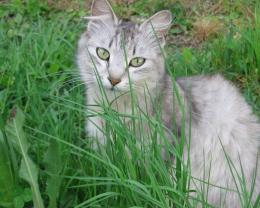
Every cat lover knows that they love to eat fresh grass, and not just any kind, but very specific types. Cats feast on greens not at all to get a portion of vitamins, but to irritate the esophagus and stomach in order to cause regurgitation of the hair that accumulates there in large quantities as a result of daily licking of the fur. This problem especially plagues long-haired cat breeds. However, many of the herbs cats love are extremely beneficial to humans but harmful to animals.
Content:
Valerian

The most famous cat herb is valerian. Cats smell its scent from afar, run to the plant, lick it, try to chew it and at the same time become incredibly excited. Scientists believe that valerian has the same effect on cats as alcohol or drugs on humans. At first they experience pleasure, then addiction occurs, the pet begins to demand more and more grass, and as a result, even death is possible. Therefore, although this grass is called cat grass, you should under no circumstances give it to a cat unless you want to have a furry drug addict. Surprisingly, this herb has the exact opposite effect on humans; it does not excite, but calms. Valerian root is widely used not only in folk, but also in traditional medicine. At any pharmacy you can buy alcohol infusion, dry roots and valerian tablets.It is used as a remedy for insomnia, migraines, tachycardia, spasms of the esophagus and intestines, as a sedative and vasodilator. Grow growing valerian on your own plot is not at all difficult. In order to have large roots by autumn, it is planted in seedlings, and during the period of formation of flower stalks they are removed so that all the forces of the plant can be directed to the formation of the underground part. It is better not to allow the formation of seeds; the plant will reproduce by self-sowing and will greatly clog the garden.
Cat mint
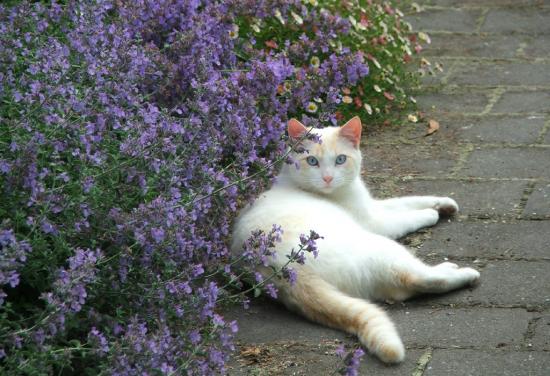
Catnip or catnip has about the same effect as valerian on most cats. They get excited, begin to writhe and roll on the floor, squirm their whole body, as if drunk. This is the same action plant It also affects wild representatives of the cat family: lions, leopards, pumas. This plant contains nepetalactone, which apparently serves as a hallucinogen. But, unlike valerian, this effect lasts only 5-15 minutes, then the cat stops reacting to the plant. Many manufacturers add catnip to cat toys and scratching posts, as well as sprays designed to indicate where a cat can sharpen its claws. On humans, the above-ground parts of catnip have healing effect. It is used for skin diseases, problems with the liver and digestive system, anemia, gynecological problems, insomnia, heart and vascular diseases. Growing this perennial and frost-resistant plant will not be difficult, but to protect it from the cat you need to try hard.
cat's paw
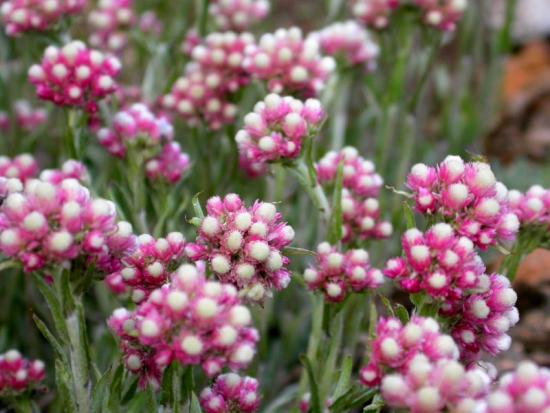
Cat's paw gets its name from its soft, fluffy inflorescences, and cats are completely indifferent to it.But this plant is very useful for humans. With its help, they stop bleeding and diarrhea, treat tuberculosis, bronchitis, the digestive system, liver and gall bladder. The plant is found in pine forests, clearings and meadows, but it can also be grown in a garden bed. Cat's paw seeds are small, cultivation of which is a thankless task, especially since this perennial easily reproduces vegetatively: by dividing the bush, layering, cuttings. Cat's paw prefers light sandy soils, sunny places, and good drainage. The plant does not need fertilizer.
Herbs for cats
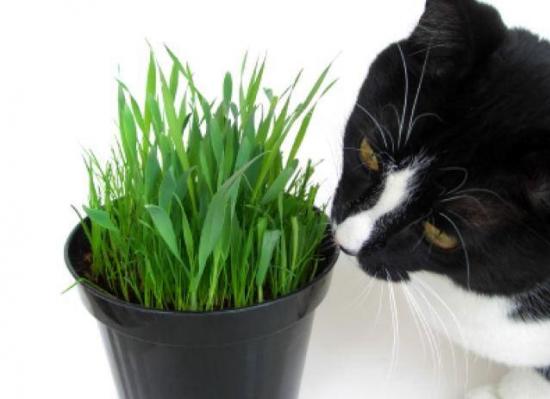
Surprisingly, all the herbs whose names are associated with the word cat are harmful to them or have nothing to do with them. What herbs are good for these pets? Cats themselves choose coarse greens with long blades of grass, such as sedge or cereal grasses; they irritate their digestive system more and cause belching more quickly. It is very useful to take your cat out into nature or into a summer cottage in the summer, unless, of course, valerian grows there. If your cat does not leave the apartment, it is best to buy her oats at pet stores. There they sell preparations in green boxes called “Weed for cats.” It is enough to pour water over its contents so that oat shoots grow, which cats eat with pleasure. Remember that many indoor and garden plants are poisonous to your pets, such as geraniums, marigolds, tulips and daffodils.


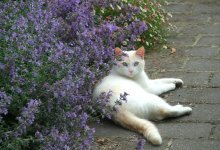
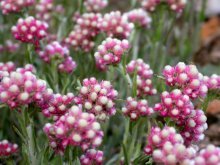
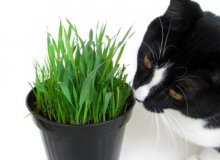
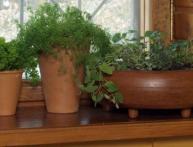
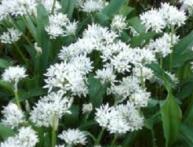
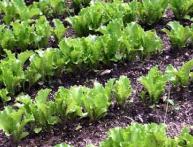

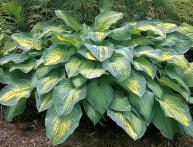
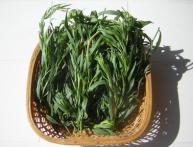
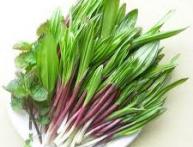
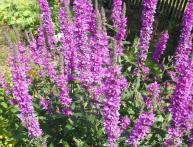
Comments
It seems to me, or I don’t understand something, but the most popular “cat grass” is actually oats) I have a nephew, a very smart, pleasant and handsome young man studying to become a veterinarian. That's what he told me.All “cat grass” sold in pet stores is based on oats. I believe him! And you?